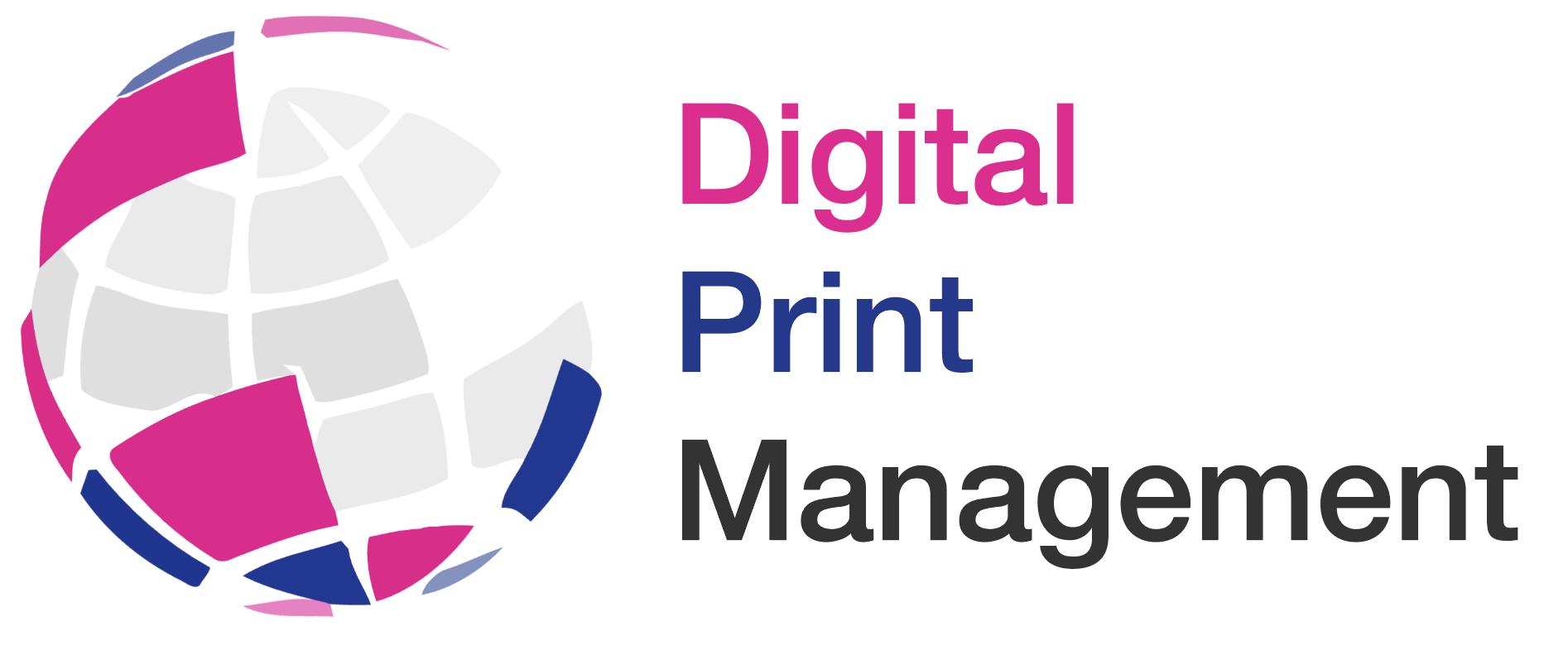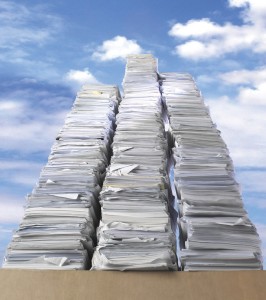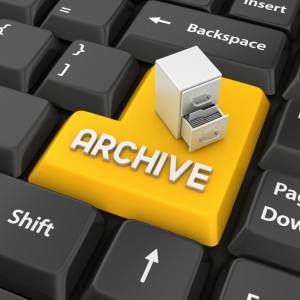
I’ve always been an advocate of outsourcing no matter how small or large the project, some processes automatically lend themselves to outsourcing, and in my humble opinion debt collection and the ancillary processes fall right into the outsource category.
This will be dictated by the structure and size of your organisation and if it is viable to outsource.
Most businesses are familiar with the cliché cash is king and the only way to ensure that cash flow remains buoyant is to have an effective credit control strategy.
Ensuring that cash flow is high whilst keeping debtor days low is the unenviable task of many companies.
Whilst there is an argument to consider outsourcing the complete process aka department, I’m going to focus on one task that is generally performed daily or weekly and that is the generation and distribution of debt collection letters.
The increasing amounts of debt passed for collection mean debt collection teams and outsource recovery companies need to maximise efficacy when collecting and dealing with delinquent payments.
 The case for a document management solution
The case for a document management solution
Document management systems can improve the collection lifecycle from capturing incoming information to speeding up cash collection.
How does a document management system speed up debt recovery?
- Avoiding lost or missing documents by capturing, indexing, and filing electronically ensures they are held in a secure digital cabinet for access by the collection team. Retrieval is quick and documents can be viewed on-screen, which can then be faxed, printed, emailed, or printed and posted.
- Cheques and remittances can be processed quickly. Remittance advice notes received from customers paying by BACS can be scanned and entered into the business workflow. Capturing large volumes of cheques and remittance slips decrease the need to handle paper, speeds up processing, and cash collection.
- Prompt query handling – having a document management system that integrates with your CRM and accounting systems helps with query management. Viewing customer details, contracts, debt chasing letters, and statements in one-place speeds up the query management process.
- Centralisation of electronic documents in a digital file cabinet gives access to debtor case files, letters, legal notices, telephone conversation transcripts, and emails by the credit-control or debt management team.
- Reduce filing and improve compliance – many credit control teams still print two copies of client correspondence posting one and filing the other for record-keeping. Invoices, for example, need to be kept for seven years but an integrated document management system means that all documents can be retained in an electronic format whilst still complying and providing easy retrieval and following audit requirements.
 The case for a hybrid mail solution
The case for a hybrid mail solution
Where the electronic delivery option of debtor letters is not convenient or suitable and debt collection specialists or in-house teams want to contact debtors via letter correspondence a hybrid mail solution is a very cost-effective alternative to standard print and mail.
For debt collection companies that manage various customer data files containing collection letters, hybrid mail is a low-cost print and mail solution for high and low volume generation.
Letters are uploaded to a secure portal printed and despatched, saving postage, processing, and mailing costs.
In-house credit control teams can upload customer data on a daily basis incorporating different letter templates, inserts, and any other customer letter requirement.
The benefits
- Upload letters from your computer, laptop, smartphone, choose print options, inserts, and backgrounds
- Secure Https portal login easy to set up
- No restriction on the number of users
- No minimum letter upload
- Templates digitally archived for future use
- Cost-effective for short runs or where letters are needed to be posted out
- Send statements with your dispute procedure
- Send copy invoices
If you would like more information or you need a call then click here














